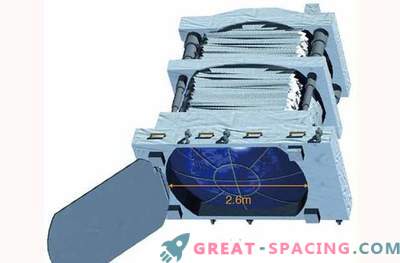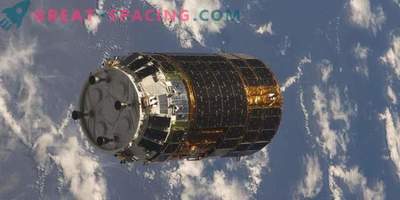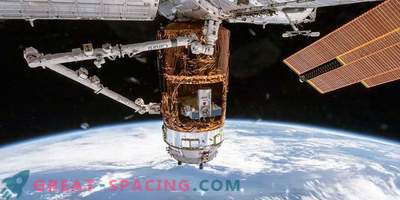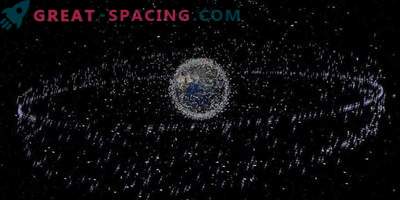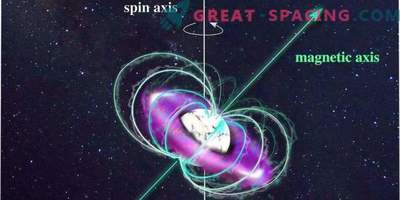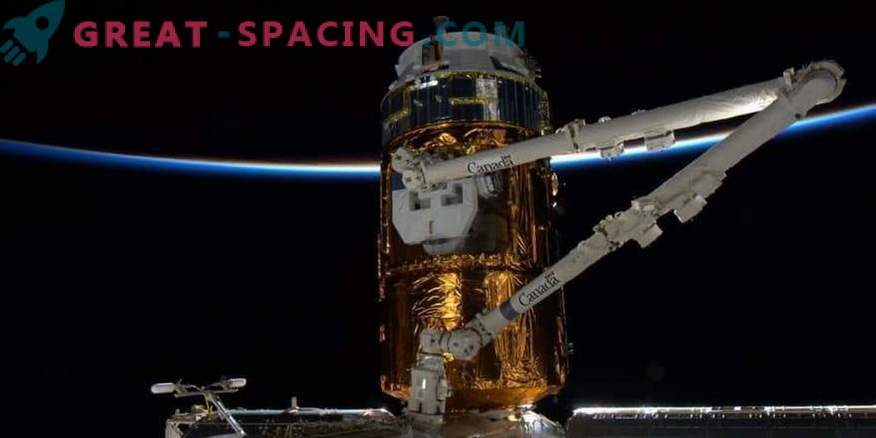
After successfully launching the space station supplies, the Japanese space agency is preparing an experiment that could become the basis of technology for removing debris from orbit.
On Friday, Japan launched a cargo ship on the ISS (International Space Station), which carries the “space debris” collector, assembled with the help of a fishing nets manufacturing company.
The ship, called “Kounotori” (in Japanese “stork”), started from the southern island of Tanegashima at 10:27 local time, attached to the H-IIB rocket.
Scientists from the Japan Aerospace Exploration Agency (JAXA) are experimenting with a tether to remove debris from Earth's orbit and clean up tons of cosmic disorder from abandoned equipment, old satellites and parts of rockets.
The launch was successful, since “the satellite got off the rocket” and set off along the planned orbit within 15 minutes after the launch. This was announced by JAXA spokeswoman Nobuuoshi Fujimoto.
During the 50 years of human space exploration (the first Soviet satellite was launched in 1957) a lot of waste has accumulated in orbit. It is estimated that there are more than 100 million different wrecks and mechanisms that pose a real threat to the future development of space. Researchers use an electrodynamic cord made of fine stainless steel and aluminum wire. “Kounotori Integrated Tether Experiment” will begin after the mission of delivery and uncoupling of the cargo ship and the space station.
Electric power generated on a leash will be able to slow down space debris and pull it into a lower orbit. In the end, the wreckage will enter the atmosphere and burn, without causing harm to the surface of the planet.
JAXA has been working on a project with the Japanese fishing net manufacturer Nitto Seimo, developing the cord for 10 years.
“The cable uses our technology to weave networks, but it was very difficult to weave such thin materials,” said Katsuya Suzuki, an engineer. “The length of the cable is 700 meters (2300 feet), but in the final we have to get a length of 5,000 to 10,000 meters to slow down the target space junk.”
Another representative from the space agency said that he hoped to put the collection system on a regular basis in the middle of the next decade.
“If we succeed, the next step will be another test to capture a specific object,” he added.
The cargo ship launched on Friday also delivers other materials to the ISS, including batteries and drinking water for astronauts.
